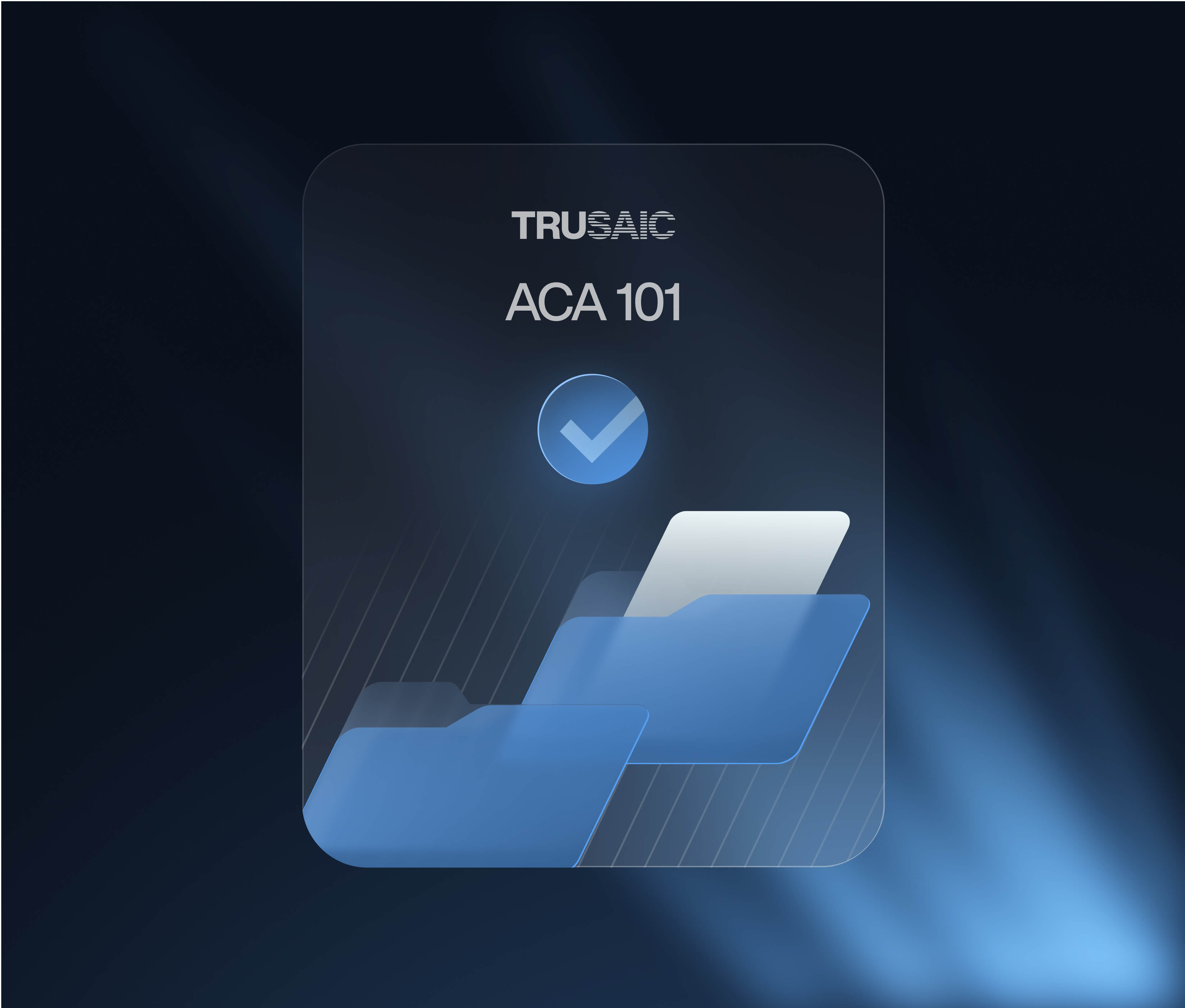New York City’s trending pay transparency law is finally set to take effect on November 1. The law requires employers to share salary ranges for new positions, promotions, and transfers in an effort to help reduce gender and racial pay discrimination. Below we go into the details of the new law, explain its history, and discuss how it fits into the greater context of pay equity laws taking shape across the country.
New York City Pay Transparency Requirements
New York City’s pay transparency law impacts all organizations with four or more employees or one or more domestic employees. Employers must make good faith effort to append pay ranges in all job listings, including both new jobs and promotions. This includes both remote and hybrid positions, so long as the job in question is performed within New York City, either in the field or from a home office. Only temporary help firms are exempt from the new requirements.
All organizations affected must supply a minimum and maximum pay figure for each job listing. For example, a position might advertise that it pays $40-50 per hour or a salary of $50,000 – $65,000 per year. For organizations that have no identified ranges like this, the minimum and maximum ranges can be identical. For positions paid solely on commission, organizations do not have to advertise the pay ranges; just note that the role is compensated by commission. Some of the clarifications made before the law’s delay specify that these requirements apply only for positions performed (even partially) within New York City. In addition, there is no obligation to report for internal hiring, promotions, or transfers.
The Tumultuous Timeline
The legislation process is a complex one, and laws often go through changes, rewrites, false starts, and clarifications. That’s what happened with New York City’s pay transparency law this past year. The New York City Council initially approved the bill at the end of 2021, and in January of this year, the bill became law when New York City Mayor Eric Adams didn’t sign or veto the bill. Originally, the law was to take effect on May 15, but the severe pushback and desires for further clarification from organizations persuaded Mayor Adams to amend the law at the beginning of May and delay the effective date to November 1.
The hope was that the extra five and a half months would give organizations more time to align themselves with the law’s new requirements. During this time, the City released a number of clarifications, including the positions impacted and that a fine would not be assessed for first-time violations, so long as the issue was corrected in a timely manner.
Wise employers would have used the extra time to conduct a pay equity audit. Doing so would have helped organizations identify and correct pay disparities as well as other pay equity issues before posting salary ranges in job listings. Now, organizations that neglected to do so will likely be kicking themselves, as failure to comply with New York City’s pay transparency law could result in fines upwards of $250,000.
Why so Much Controversy?
On its face, there isn’t much to contest about New York City’s pay transparency law. The goal is to prevent marginalized pay discrimination and correct already existing gaps so that in turn, everyone, regardless of gender, race/ethnicity, or age, is paid equitably.
Opponents of the law cite challenges with wage compression – a concept that describes the unexplained, illegitimate difference in pay between tenured staff and new hires. One concern is that current employees with years of experience might see new hires come in making the same amount of money and feel underappreciated.
Employers may not be able to afford promotions for everyone or hand out pay raises since they have to pay more to attract top candidates, so they worry that they’ll see a higher turnover rate if salaries become public knowledge.
Pay Transparency Across the U.S.
New York City’s new law isn’t the first of its kind and certainly won’t be the last. As employees and investors increasingly evaluate organizations’ commitments to pay equity, states all over the U.S. have begun implementing similar pay transparency laws. And as we’ve seen previously, the act of documenting employees’ wages goes a long way toward reducing gender and racial pay gaps.
Fortunately, similar legislation is passing in other states, including Washington, Nevada, Connecticut, Rhode Island, Colorado, and most recently California, and its SB 1162 law, which requires organizations that have just one employee working in the state to post salary ranges in job listings.
Stay Compliant
With laws requiring salary ranges in job listings cropping up more and more, organizations must be confident in their compensation philosophy, internal pay bands, and approach to sharing salary information publicly. Our pay equity auditing software, PayParity can help review your compensation details and identify any unexplained pay disparities at the intersection of gender and race/ethnicity.
PayParity includes the Salary Range Finder®, which helps organizations extend equitable and competitive salary offers so that they can confidently share salary ranges for job listings before posting them publicly. To learn more about how Trusaic can help you stay compliant with the new pay transparency laws, schedule a meeting with one of our experts.








